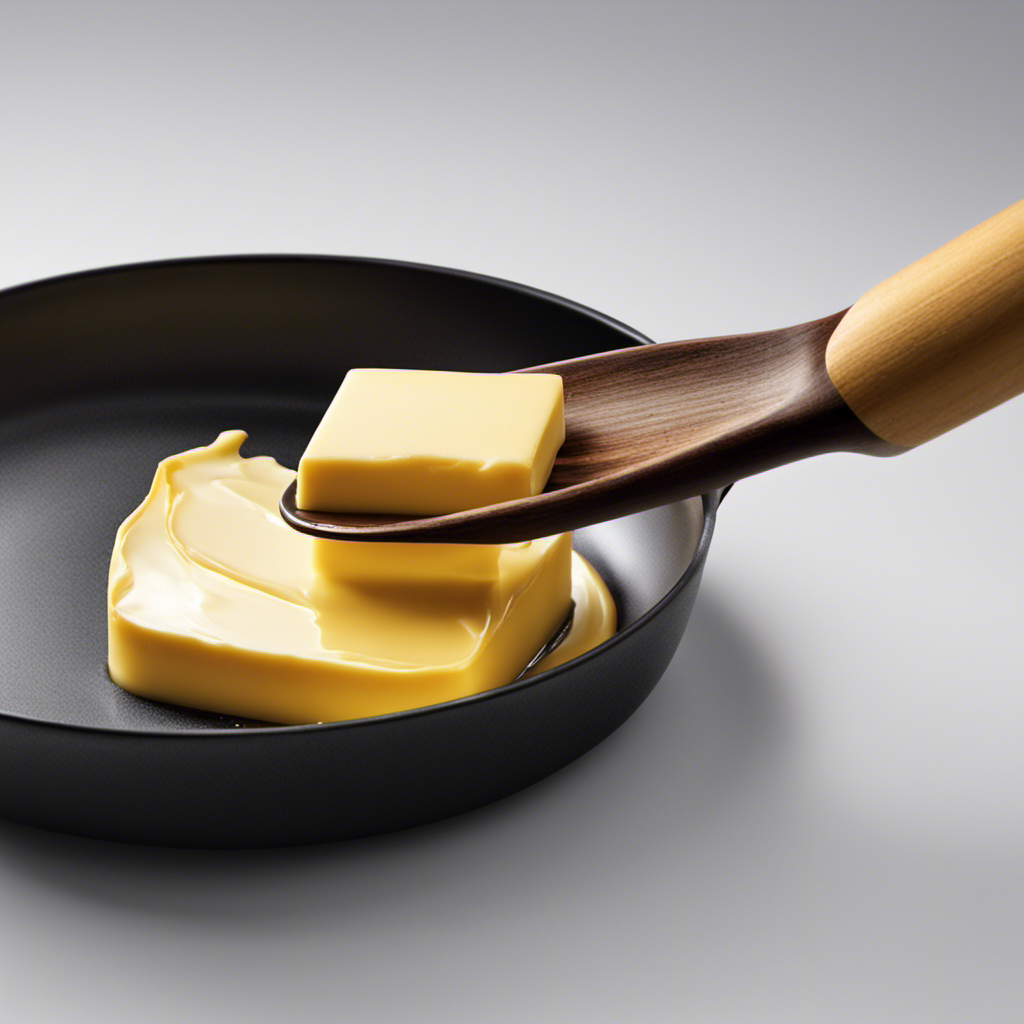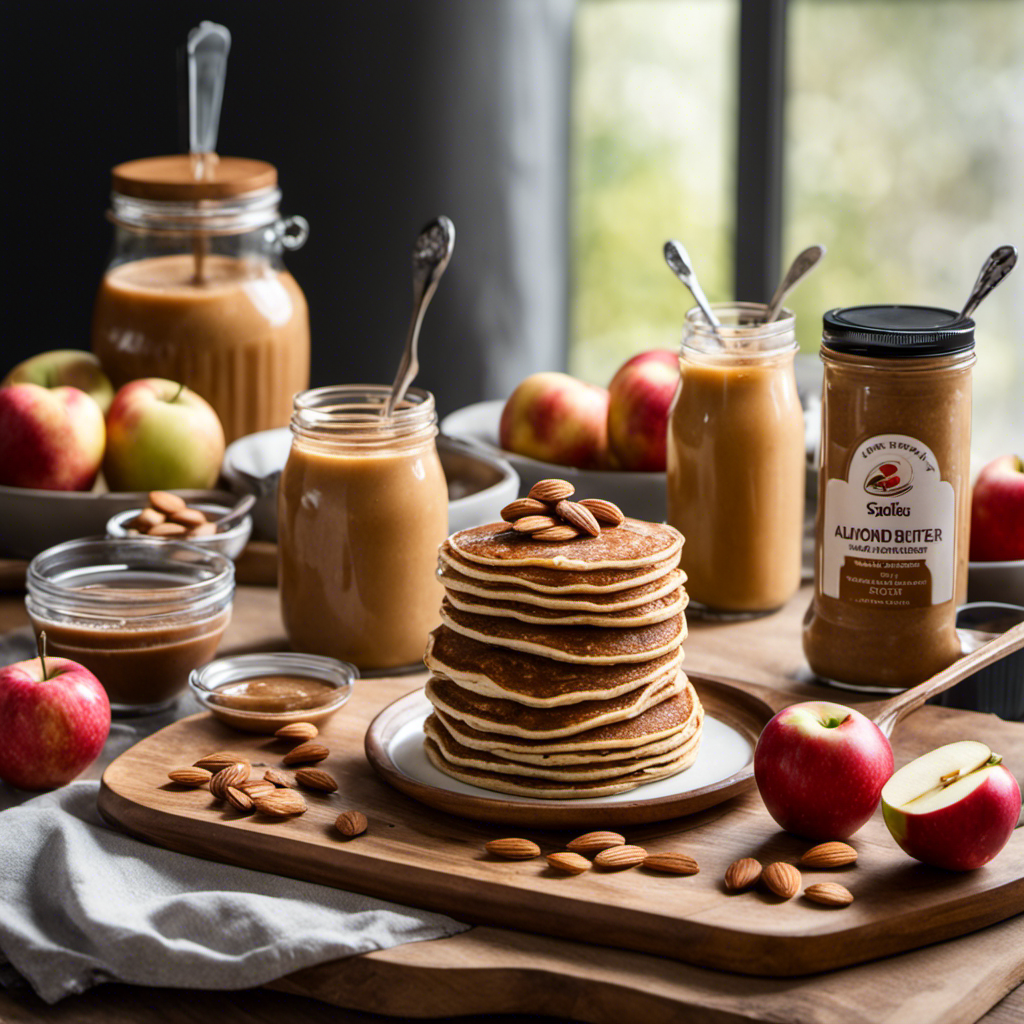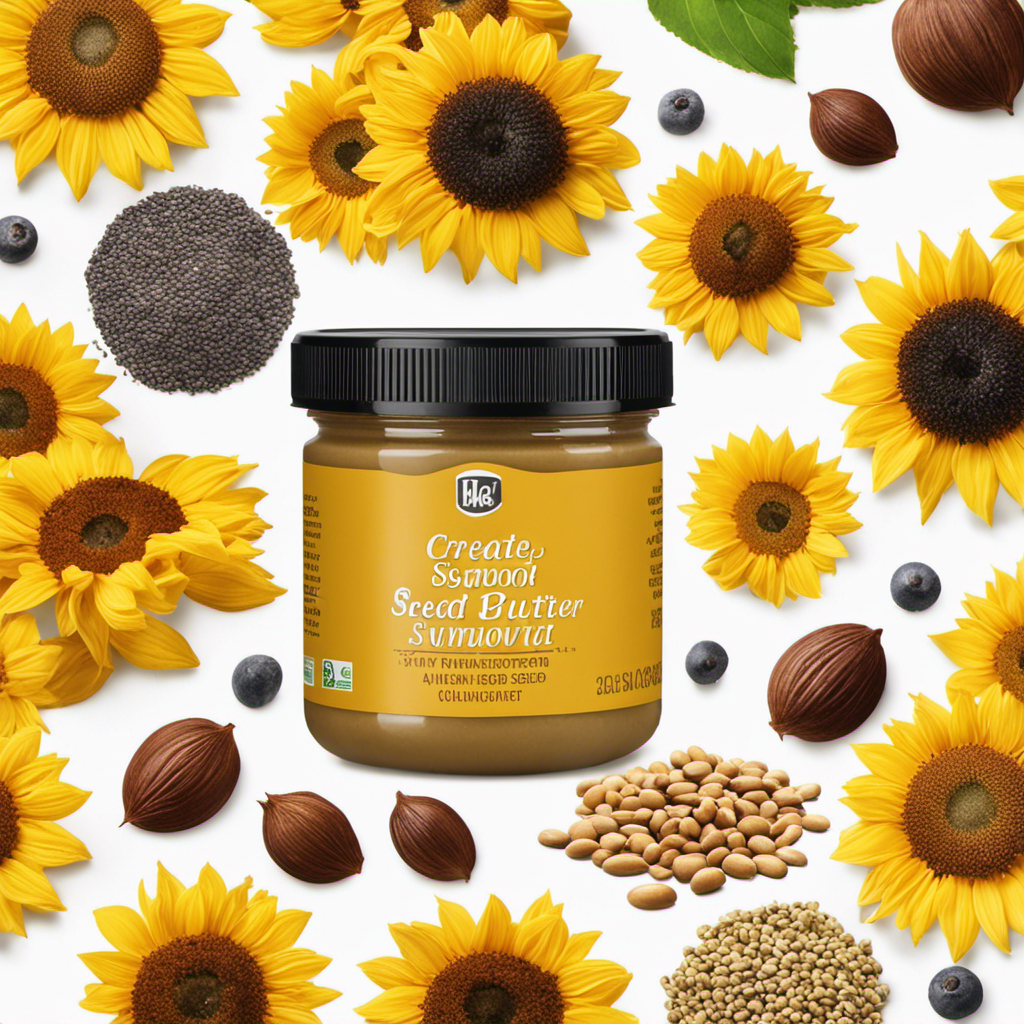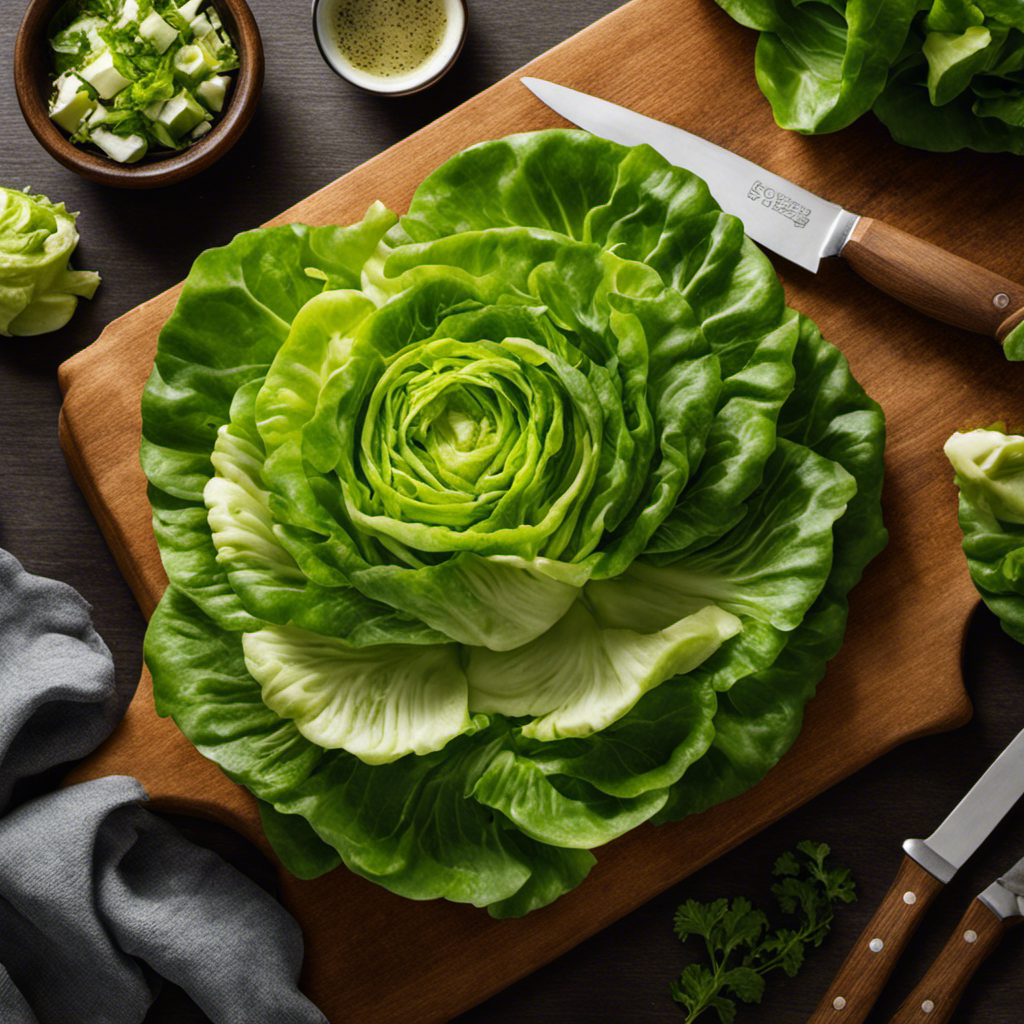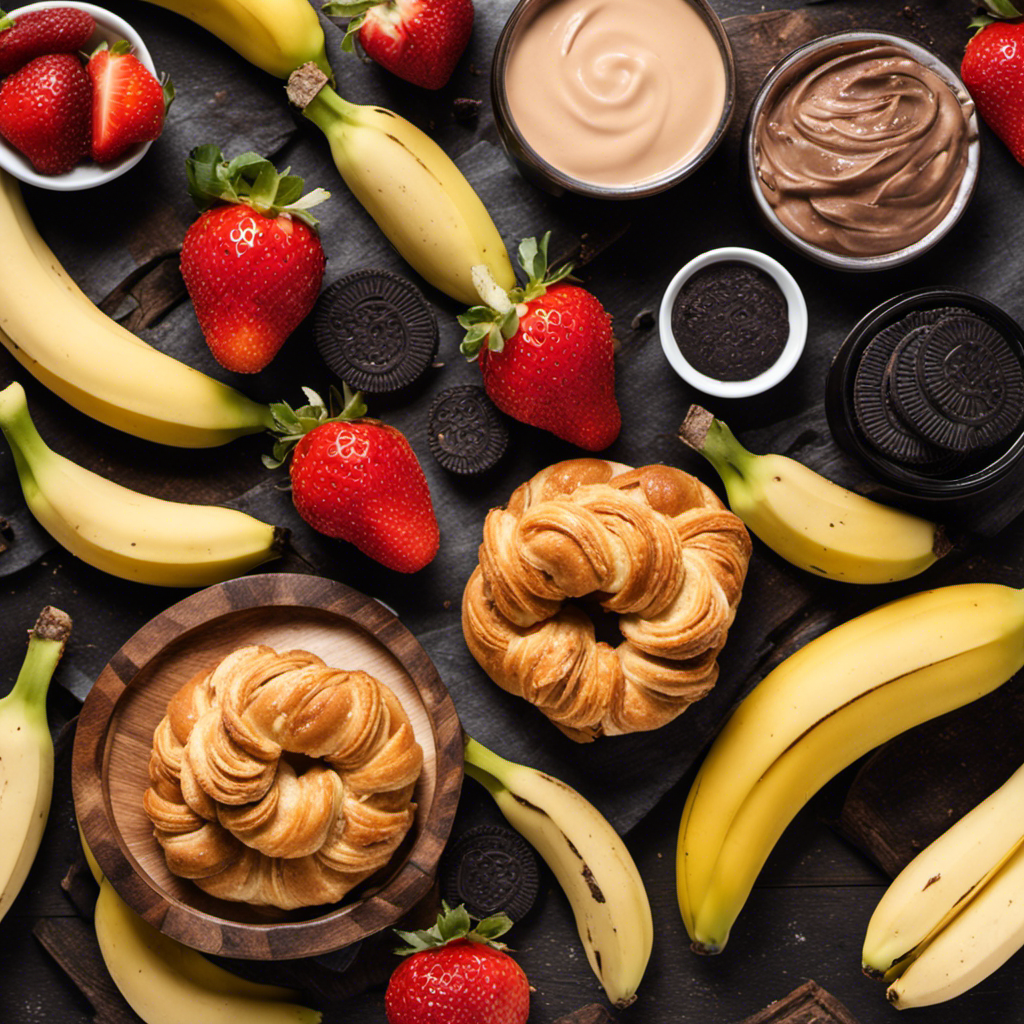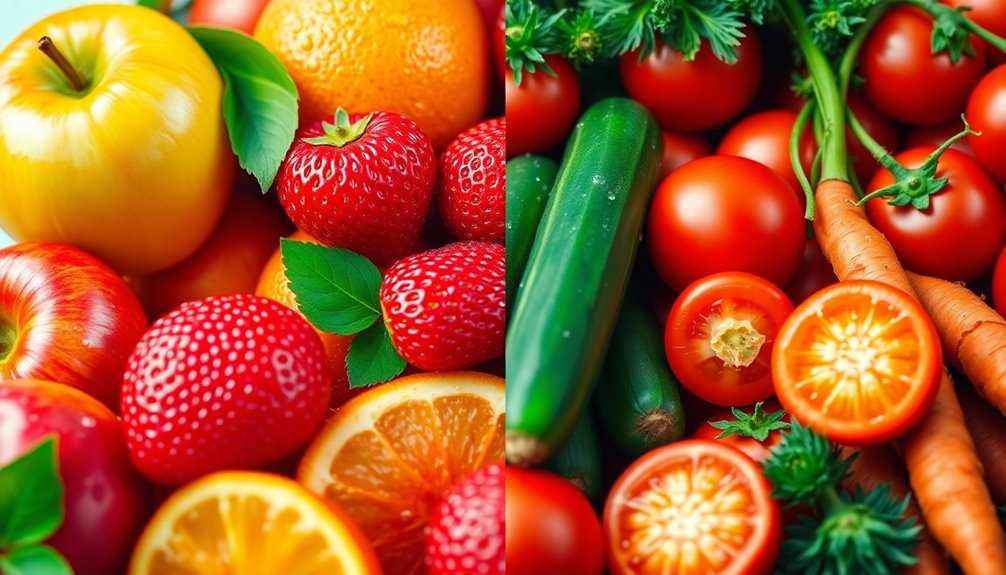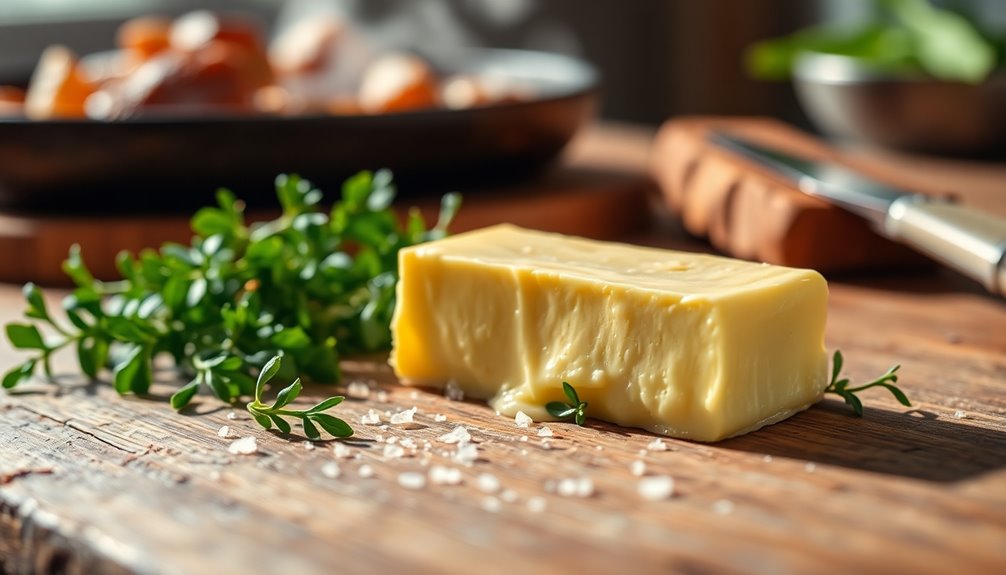Curious about what defines butter mints? Well, let me enlighten you, pal. These delightful candies are sure to make your taste buds dance with joy. Explore more about these tasty treats to satisfy your curiosity and sweet tooth!
In this article, we’re going to dive into the fascinating history of butter mints, explore the ingredients used to create these delectable candies, and even learn how to make them at home.
Trust me, by the end of this, you’ll be craving these melt-in-your-mouth goodies like there’s no tomorrow.
So, let’s get started, shall we?
Key Takeaways
- Butter mints have been enjoyed since the 18th century and gained popularity among confectioners.
- The main ingredients of butter mints are sugar, cream, and various flavorings.
- Butter mints can be shaped into small rounds or using molds for a visually appealing presentation.
- Experimenting with different flavors and extracts can create unique variations of butter mints.
History of Butter Mints
Butter mints have been enjoyed since the 18th century. The history of confectionery reveals that these delightful treats have their origins in the ancient practice of using herbs for medicinal purposes. Mint candies, in particular, were believed to aid digestion and freshen breath.
Over time, the combination of butter and mint flavors became a popular choice among confectioners. The first known mention of butter mints can be traced back to the 18th century, when they were commonly served at social gatherings and special occasions. These sweet, creamy candies quickly gained popularity and have remained a beloved treat ever since.
Today, butter mints are enjoyed by people of all ages, offering a burst of refreshing mint flavor with a touch of indulgent creaminess.
Ingredients Used in Butter Mints
The main ingredients in these sweet treats are a combination of sugar, cream, and various flavorings. Butter mints are a delightful confectionery that can be made at home using simple ingredients. The recipe typically calls for butter, powdered sugar, cream, and peppermint extract. The butter provides a rich and creamy texture, while the powdered sugar adds sweetness. Cream is used to bind the ingredients together and create a smooth consistency. Peppermint extract gives the mints their refreshing flavor. These homemade butter mints can be enjoyed as a standalone treat or used as a garnish for desserts and beverages. Not only are they delicious, but they also offer some health benefits. Peppermint has been found to aid digestion and promote relaxation. So go ahead and indulge in these butter mints guilt-free!
| Ingredient | Amount |
|---|---|
| Butter | 1 cup |
| Powdered sugar | 4 cups |
| Cream | 1/4 cup |
| Peppermint extract | 1 tsp |
Making Butter Mints at Home
When it comes to making butter mints at home, there are three key points to consider: ingredients and measurements, shaping and cooling process, and flavor variations and enhancements.
First, it’s important to gather the necessary ingredients, such as butter, powdered sugar, and peppermint extract, and accurately measure them to ensure the perfect balance of flavors.
Next, shaping the mints into small rounds or using molds allows for a visually appealing presentation, while the cooling process helps them firm up and develop their signature texture.
Lastly, experimenting with different flavors, like adding a touch of vanilla or using different extracts, can elevate the mints and provide a delightful twist to the classic recipe.
Ingredients and Measurements
To make butter mints, you’ll need powdered sugar, cream cheese, mint extract, and a touch of food coloring.
Homemade butter mint recipes offer a variety of delicious variations to suit your taste buds.
One popular variation is chocolate butter mints, which adds cocoa powder to the mixture for a rich and decadent flavor.
Another option is to experiment with different colors and shapes, such as using pastel shades for a spring-themed treat or shaping the mints into small hearts for a romantic touch.
You can also add a twist by incorporating different extracts, like almond or lemon, to create unique and refreshing flavors.
The possibilities are endless when it comes to homemade butter mints, allowing you to get creative and personalize your sweet treats.
Shaping and Cooling Process
For best results, shape your homemade mints into small balls or use a cookie cutter to create fun and unique shapes.
Shaping the mints is an important step in the process, as it adds visual appeal to your treats. There are various shaping techniques you can use, depending on your preference.
One popular method is to roll the mint dough into small balls using your hands. Another option is to use a cookie cutter to cut out shapes from the dough. This allows you to create mints in different shapes and sizes.
It’s important to note that temperature control plays a crucial role in shaping the mints. The dough should be chilled before shaping to prevent it from becoming too sticky. Additionally, working in a cool environment can also help maintain the shape of the mints.
Flavor Variations and Enhancements
You can experiment with different flavor variations and enhancements to create unique and delicious homemade treats. When it comes to butter mints, there are endless possibilities for flavor combinations that can elevate your candies to the next level.
From classic peppermint to tangy citrus or rich chocolate, the choice is yours. Not only do these flavor variations add excitement to your butter mints, but they also provide additional health benefits. For example, using citrus flavors can provide a boost of vitamin C, while incorporating dark chocolate adds antioxidants.
You can also enhance your butter mints with herbs like lavender or rosemary for a refreshing twist. So go ahead and get creative with your flavor choices and enjoy the added health benefits of your homemade butter mints.
Different Variations of Butter Mints
There’s a wide variety of butter mints available, each with their own unique flavors and textures. Flavored butter mints have become increasingly popular in recent years, offering a delightful twist on the classic buttery taste.
Here are some popular butter mints that you should definitely try:
- Peppermint: The classic flavor that delivers a refreshing burst of coolness.
- Chocolate Mint: Combining the richness of chocolate with the refreshing mint, it’s a match made in heaven.
- Lemon Mint: A zesty and tangy twist that adds a burst of citrusy flavor to the creamy butter mint.
- Cinnamon Mint: For those who enjoy a hint of warmth and spice, this flavor is perfect.
- Raspberry Mint: A fruity and sweet variation that adds a touch of berry goodness to the traditional buttery taste.
With so many delicious options to choose from, flavored butter mints are sure to satisfy any craving.
Uses and Benefits of Butter Mints
When it comes to the uses and benefits of butter mints, there are several key points to consider.
Firstly, butter mints are known for their digestion aid properties, helping to soothe the stomach and alleviate digestive discomfort.
Additionally, these delightful treats have mood-enhancing and stress-relieving qualities, making them a popular choice for those seeking a little pick-me-up during challenging times.
Digestion Aid Properties
If you’re looking for a digestion aid, butter mints can be a helpful option. These delicious candies not only satisfy your sweet tooth but also have soothing properties that can benefit your digestive health.
Here are five reasons why butter mints can be a great addition to your digestive routine:
- They contain natural peppermint oil, which has been used for centuries to ease stomach discomfort.
- Peppermint has been shown to relax the muscles of the gastrointestinal tract, reducing bloating and gas.
- Butter mints can help relieve indigestion and heartburn, thanks to their minty flavor.
- These candies can freshen your breath while also promoting healthy digestion.
- Butter mints are a convenient and tasty way to support your digestive system on the go.
Mood-Enhancing and Stress-Relieving
Peppermint oil, found in these delicious candies, can help improve your mood and reduce stress. It’s amazing how a simple candy can have such mood-boosting and relaxation-inducing properties. The refreshing scent of peppermint has long been associated with feelings of calm and happiness. When you indulge in a butter mint, you are not only satisfying your sweet tooth but also giving yourself a little mental and emotional pick-me-up.
To further understand the positive effects of peppermint oil, let’s take a look at the table below:
| Mood Boosting | Relaxation Inducing |
|---|---|
| Enhances positive emotions | Reduces anxiety |
| Improves focus and concentration | Promotes better sleep |
| Boosts energy levels | Soothes headaches |
| Elevates overall well-being | Relieves muscle tension |
| Increases feelings of contentment | Calms digestive issues |
As you can see, butter mints offer more than just a tasty treat. They can truly enhance your mood and provide a sense of relaxation. So next time you reach for a candy, why not choose one that not only satisfies your cravings but also supports your mental well-being?
Tips for Storing and Serving Butter Mints
To ensure the freshness of butter mints, it’s important to store them in an airtight container.
Here are some tips for storing and serving butter mints:
-
Keep them in an airtight container: This will prevent moisture and air from affecting the texture and flavor of the mints.
-
Store them in a cool, dry place: Heat and humidity can cause the mints to become sticky or lose their shape.
-
Separate different flavors: If you have different flavored mints, store them separately to avoid flavor mixing.
-
Use decorative jars or containers: Presentation is key when serving butter mints. Using elegant jars or containers can enhance the visual appeal.
-
Add a personal touch: Consider adding a custom label or ribbon to the container to make it more special.
Frequently Asked Questions
Are Butter Mints Suitable for Individuals With Dietary Restrictions or Allergies?
Yes, butter mints can be suitable for individuals with dietary restrictions or allergies. However, it is essential to check the ingredients list, as some butter mints may contain allergens like dairy, gluten, or nuts.
Can Butter Mints Be Used as a Substitute for Breath Fresheners?
Butter mints can be used as a substitute for breath fresheners. Compared to traditional breath fresheners, butter mints have a unique taste and effectiveness. However, it’s important to note that excessive consumption of butter mints may have negative effects on oral health.
How Long Do Butter Mints Typically Last Before They Expire?
Butter mints typically last around 6 months before they expire. To ensure their freshness, store them in an airtight container in a cool, dry place. Common ingredients in butter mints include butter, powdered sugar, and mint extract.
Are There Any Health Benefits Associated With Consuming Butter Mints?
There are no significant health benefits associated with consuming butter mints. They are high in sugar and fat, which can contribute to weight gain and increase the risk of health problems like diabetes and heart disease.
Can Butter Mints Be Customized With Different Flavors or Colors?
I absolutely love the endless possibilities for customizing butter mints with different flavors and colors! It’s amazing how creative you can get with these little treats.
Conclusion
In conclusion, butter mints are a delightful treat that have a rich history and a wide range of uses. Whether enjoyed as a refreshing after-dinner mint or used to add a touch of sweetness to baked goods, butter mints are a versatile and delicious treat.
With their creamy texture and subtle buttery flavor, they are sure to please any palate. So why not try making your own batch of butter mints at home? You’ll be amazed at how easy and rewarding it can be.

